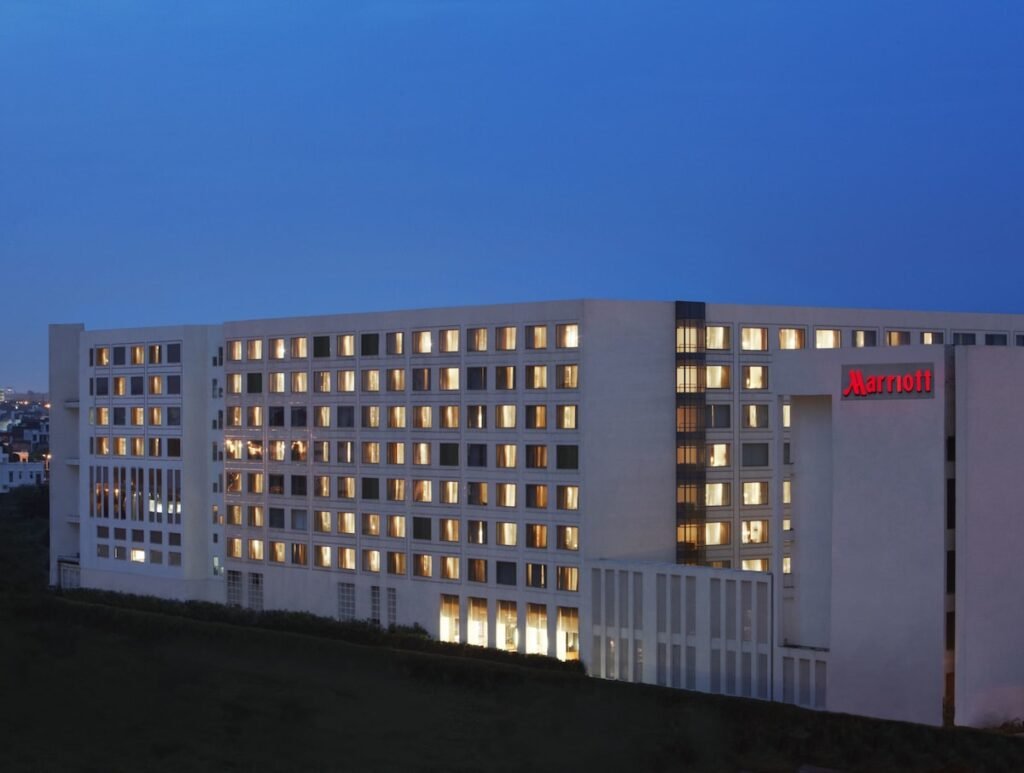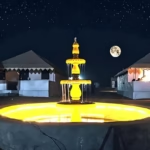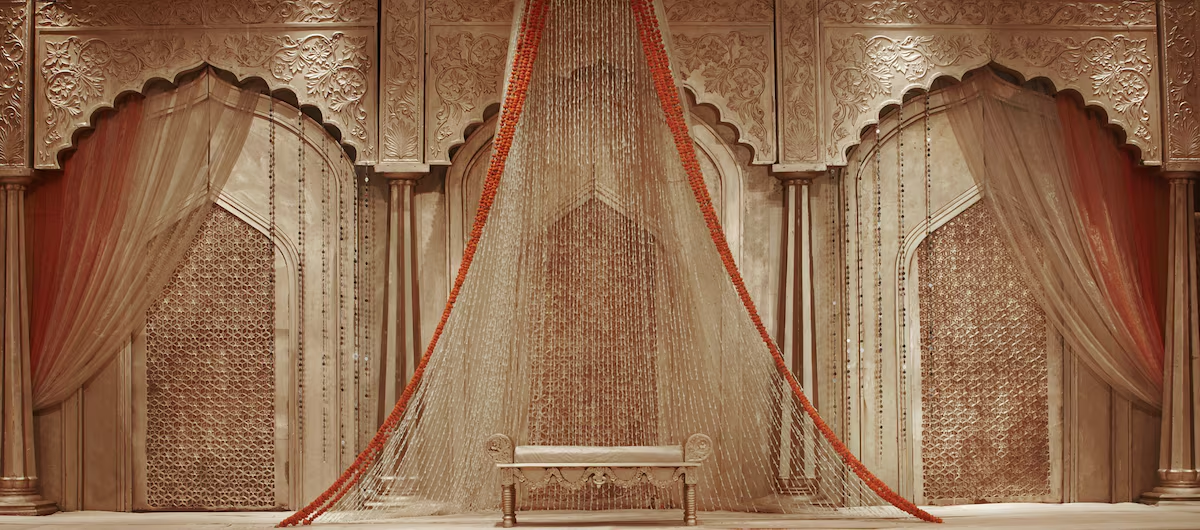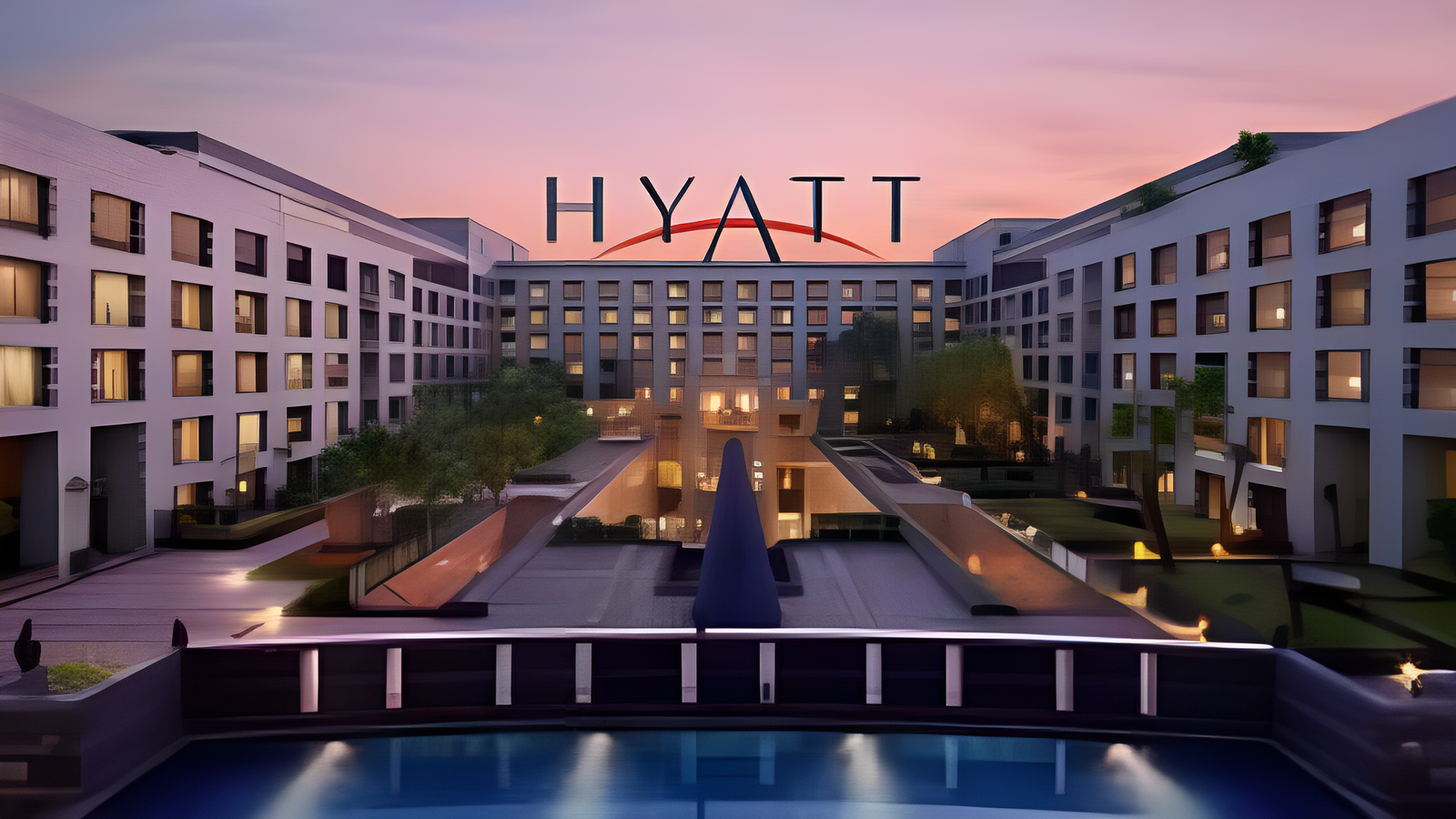In the heart of Rajasthan, where colors are brighter, spices are bolder, and history whispers from every wall, lies a city that has mastered the art of balancing past and present: Jaipur. The “Pink City,” with its rose-tinted buildings and regal palaces, is far more than just a postcard destination. It is an experience. A rhythm. A way of life.

Every corner of Jaipur breathes a story. From the intricate jharokhas (windows) of Hawa Mahal to the geometric precision of Jantar Mantar, the city isn’t just a visual treat; it’s an architectural marvel. The old city is a labyrinth of narrow alleys filled with artisans crafting jewelry, block-printing fabrics, and sculpting miniature paintings with brushes thinner than a strand of hair. Step into one of the many bazaars — Johari, Bapu, or Tripolia — and you’re instantly enveloped in a swirl of color, sound, and scent that feels timeless.
But Jaipur isn’t just about its heritage. It’s a living, breathing city, pulsating with modern energy. Over the past decade, Jaipur has gracefully embraced its dual identity — preserving its royal grandeur while stepping confidently into the 21st century. World-class cafes now stand beside 200-year-old havelis. Indie fashion boutiques share street space with spice vendors. And all of it exists in a harmony that’s distinctly Jaipuri.
A day here could start with the serenity of Central Park, where locals gather for yoga under the banyan trees. As the sun climbs higher, visitors might find themselves exploring the opulent rooms of City Palace or tracing the steps of queens through the mirrored chambers of Sheesh Mahal. The afternoon heat brings a perfect excuse to settle into a shaded rooftop cafe for a glass of chaach or a plate of gatte ki sabzi. And as evening falls, the sky over Nahargarh Fort turns a dusty gold, painting the whole city in a color that’s impossible to forget.
Jaipur’s food scene is another reflection of its cultural duality. Street vendors serve up kachoris that are crispy perfection, while fine-dining restaurants offer modern takes on royal Rajasthani cuisine. Whether you’re feasting on laal maas or sipping saffron lassi, every meal here feels like an event. And no visit is complete without a quick stop at a local sweet shop — the ghewar and mawa kachori are indulgences that linger on the tongue and in memory.
Despite its deep roots in tradition, Jaipur is also a city of wellness. Perhaps it’s the desert air, or the city’s inherent sense of rhythm and balance, but rejuvenation seems to come naturally here. Wellness seekers often find solace in its many spas and holistic centers, which offer everything from Ayurvedic massages to herbal therapies. For the more adventurous, horse riding trails on the city’s outskirts offer a rare and beautiful way to see the rugged Aravalli hills.
But a good Jaipur experience isn’t only about where you go — it’s also about where you stay. And while the city offers no shortage of heritage hotels and boutique accommodations, certain modern stays manage to combine comfort, convenience, and a touch of luxury without taking you too far from the spirit of Jaipur. One such option is the Jaipur Marriott Hotel, located in the Durgapura neighborhood. Set close to both the airport and major landmarks like the World Trade Park and the Hawa Mahal, it serves as a peaceful base for exploring the city. With indulgent spa treatments, thoughtfully curated dining experiences, and airy rooms equipped with every modern amenity, it’s a stay that complements the rhythm of Jaipur without disrupting it. Prices start from ₹6,316, a fair value for the kind of restful retreat it provides after a long day of city wanderings.
In a city like Jaipur, where centuries seem to overlap in a single breath, it’s easy to lose track of time. But perhaps that’s the whole point — to let go of clocks and calendars, and simply surrender to the colors, sounds, and flavors of a place that reminds you how rich life can be when you slow down to savor it.
Keep reading gowowycom.com













